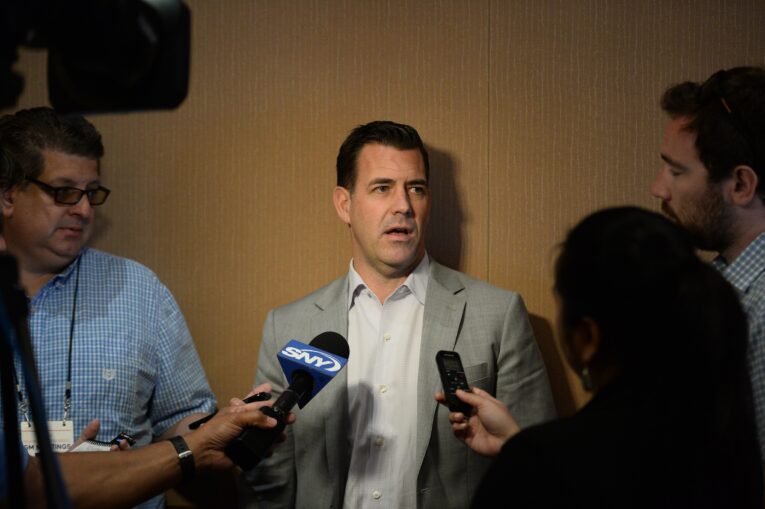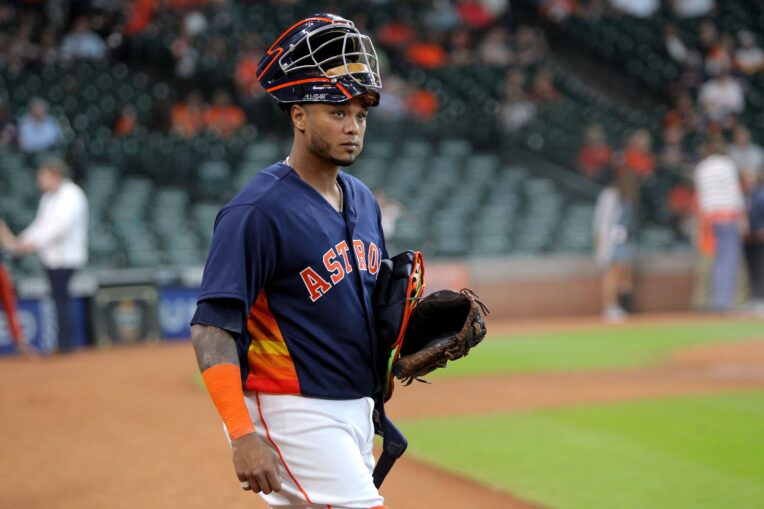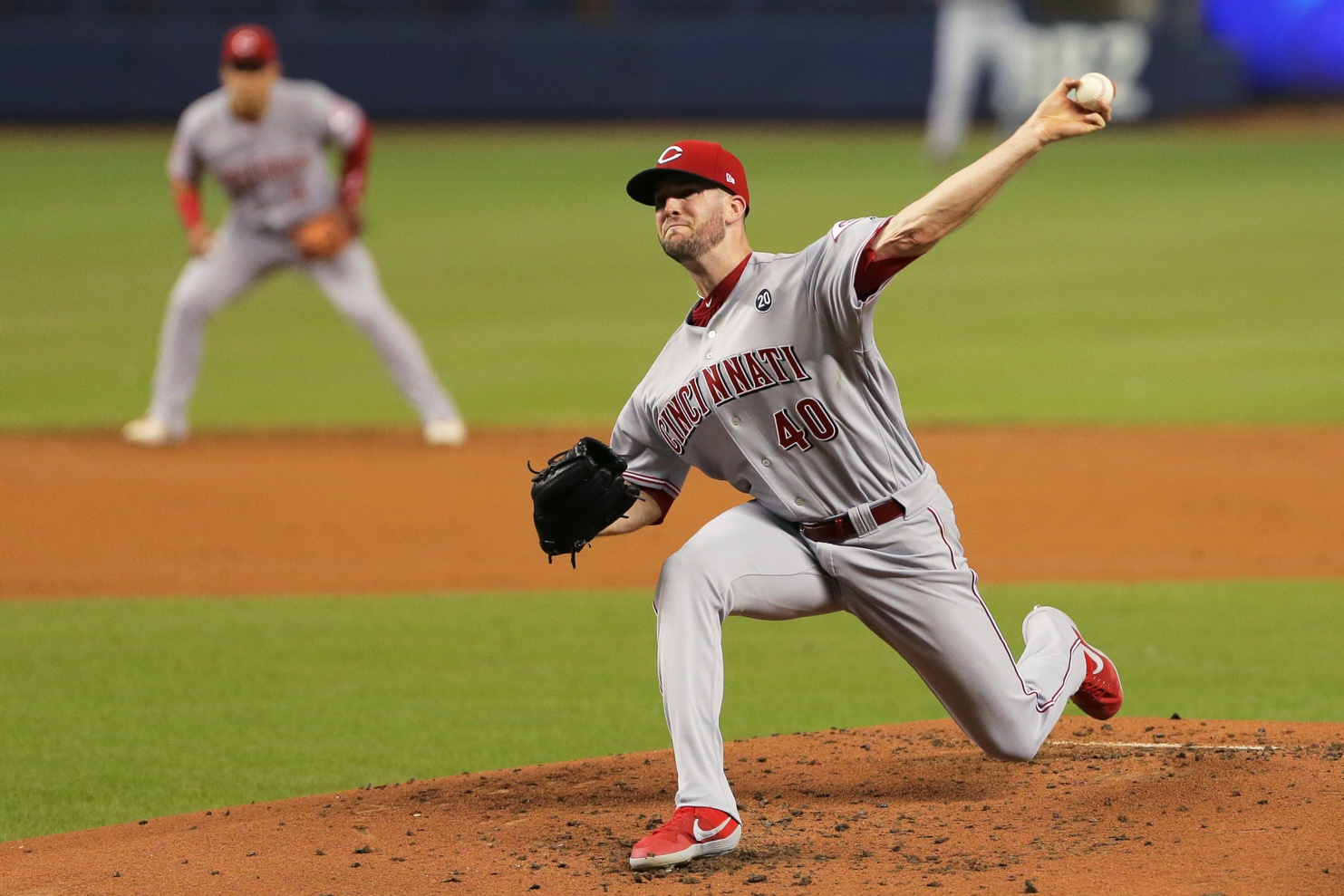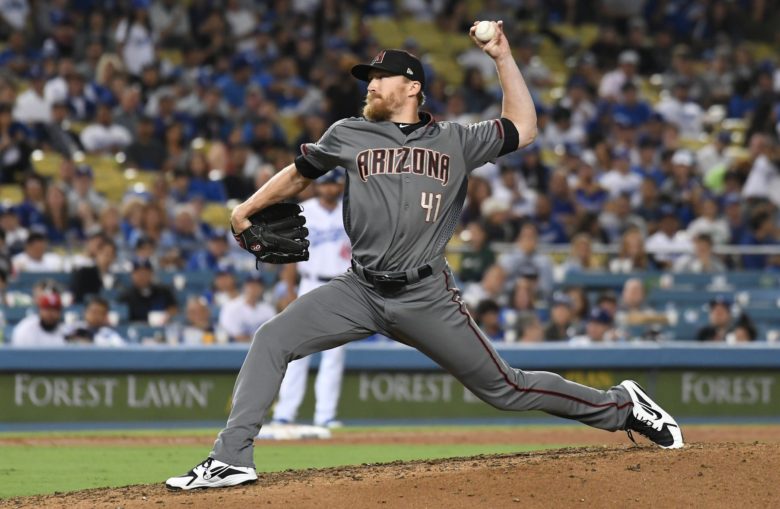
This offseason doesn’t pose much different concerns about the Mets’ finances than we haven’t seen before. Basically, again everyone is wondering how much they will (or won’t) spend.
We have seen a willingness for general manager Brodie Van Wagenen to be aggressive (for better or for worse) by doling out short term deals to veterans and making trades by tapping into the team’s prospect pool.
Whether he does that again this season is anyone’s guess. The team has roughly ~17 million in funds to spend before they go over the luxury tax threshold.
Realistically, if the team is trying to compete, they would take the slap on the wrist that comes with going over it, especially with Yoenis Cespedes and David Wright’s contracts coming off the books next year. However, at the moment, there’s no guarantee that happens.
Earlier this offseason, Van Wagenen said the team was going to have to be creative in making moves this winter. It’s not exactly what you want to hear from a team that has ambitions of competing in 2020. But let’s roll with it, and let’s build the Mets on a budget.
Pinpointing the needs of the team, they need to add some catching reinforcements, need to address the rotation with the likely departure of right-hander Zack Wheeler, and need bullpen help. The team would also like to add a center fielder. Let’s start with the backstop.

Catcher
Van Wagenen said this offseason that he is committed to going into 2020 with Wilson Ramos calling the shots behind the plate.
Ramos was signed by the Mets last winter to a two-year pact with a 2021 club option. He did put up 1.4 fWAR and hit to a .288/.351/.416 clip in 141 games, but struggled on the defensive end of the game mightily, ranking No. 102 out of 113 qualified catchers by Baseball Prospectus in pitch framing.
The veteran catcher recently spoke to the media after handing out turkeys to needy families in Queens, and said he will be working hard to improve his catching skills this winter, and wants to hone in on being a better pitch framer.
So he’s the Mets guy as of right now, however, the team is still said to be in the market for another catcher, leaving the status of current backstop Tomas Nido up in the air.
With Yasmani Grandal off the board, the most appealing name on the open market is Robinson Chirinos, who was worth 2.3 fWAR and 3.8 bWAR in 2018 with the American League champion Houston Astros.
Chirinos ranked No. 35 out of 113 qualified catchers by Baseball Prospectus, and had 3.0 FRAA in 6,599 framing chances.
However, if Chirinos isn’t guaranteed a starting job, it’s unlikely he lands with the Mets.
There are two names available that could at the very least help the Mets defensively: Jason Castro and Martin Maldonado. The latter the team had expressed interest in last offseason.
Castro, 32, appeared in 79 games for the Minnesota Twins in 2019, and put up 1.6 fWAR. Baseball Prospectus ranks him No. 25 out of 113 qualified catchers. He had 6.1 framing runs, and 3.5 FRAA in 4,517 framing chances.
Maldonado, 33, put up 0.8 fWAR in 2019 between three teams, and ranked No. 29 by Baseball Prospectus. He had 4.0 blocking runs, but -2.0 framing runs in 6,284 chances. Overall, he had 1.6 FRAA.
If the Mets want to bring in a catcher with their limited budget in a backup capacity, Maldonado is likely their guy. However, if they want to try and land Castro, MLB Trade Rumors predicted he would get a two-year, $10 million deal this winter.

Starting Pitcher
For the Mets, Gerrit Cole or Stephen Strasburg aren’t walking through that door. Neither is Hyun-Jin Ryu, or even their own guy Zack Wheeler, who is likely to outprice the Mets on the open market.
Beyond the big names, the starting pitching market leaves something to be desired. So if the Mets aren’t going to bring in a big name free agent starter, their best bet is to A.) try to catch lightning in a bottle and B.) bring in a few guys to see if anything sticks.
Someone I’ve been bullish on is left-handed starter Alex Wood.
Wood, 28, appeared in just seven games for the Cincinnati Reds in 2019 as he battled a back injury that began in Spring Training and resurfaced in the summer. Thus, his overall results were poor. He recorded a 5.80 ERA, 6.38 FIP surrendered 11 home runs, had a 9.7 barrel rate, a 12.0 opposing launch angle, and a 3.81 wOBA.
It was a year to forget for the longtime Los Angeles Dodger, who will now try and click with a new team and get his career back on track.
While Wood is no sure thing, his price tag is unlikely to be high, he can likely be had on a short-term deal and with his track record, could soften the blow if Wheeler leaves and he bounces back.
In 2019, there were a lot of negatives in Wood’s game, but some of his numbers were in line with what he has done throughout his career.
His hard hit rate (33.6 percent), K% (19.6), BB% (5.9) and exit velocity (87.8) were all like the Alex Wood of old. In a limited sample size, Wood also had a low ground ball rate (38.2%), and 73 percent strand rate. However, his HR/FB (home run to fly ball ratio) of 29.7% is a bit concerning, although that could be chalked up to him battling injury in addition to the juiced baseballs.
Even if he does induce more fly balls than he used to going forward, Citi Field could be a solid ballpark for him to pitch in with its somewhat cavernous dimensions.
Beyond that, some other names worth taking a flyer on are: Tanner Roark (2.0 fWAR in 2019), Kohl Stewart (former Minnesota Twins top prospect who has struggled but is just 25), Danny Salazar (former Cleveland Indians’ All-Star who has battled injury, but is just 30-years-old), Martin Perez (1.9 fWAR, could also be used out of the bullpen) and Gio Gonzalez (longtime Washington National who was in talks with the Mets last year).
My recommendation would be to bring in Wood on a one-year deal, then a few other guys to compete in Spring Training and give the team some additional depth).

Bullpen
The bullpen is an area the Mets really have to tap into this winter, especially with the uncertainty of Edwin Diaz and Jeurys Familia’s respective performances in 2020. Those two are sure to be the team’s X-factors next year, but even still, they need some more arms out there.
Seth Lugo, Robert Gsellman and Justin Wilson are slated to be key pieces as well, with the possibility that Drew Smith also returns in 2020.
Since this is an area with a plethora of options this winter, the Mets should consider a few of these guys:
Jake Diekman (1.0 fWAR), Robbie Erlin (0.5 fWAR), Joe Smith (0.4 fWAR), Brandon Kintzler (0.9 fWAR), Brad Brach (0.7 fWAR), Juan Nicasio (0.5 fWAR).

Center Field
The center field options for the Mets are few and far between this winter, unless of course they trade for Pittsburgh Pirates’ Starling Marte.
However, on the open market, two guys who could make sense for the team are Kevin Pillar or Jarrod Dyson.
Pillar, 30, registered -5 DRS and -0.5 UZR in center field over 1,170 innings this past season. While neither number is that impressive, having that defensive stat line in center over more than four times as many innings as Nimmo suggests that he’d be an improvement.
The team shouldn’t expect to get the Pillar that was once an elite defender that had 50 DRS over a span of three years from 2015-2017 with the Toronto Blue Jays, but how he was defensively in 2019 would be more than enough to help the team.
Offensively, Pillar has always left something to be desired as he hit .259/.287/.432 with 21 home runs and 88 RBI between the Blue Jays and San Francisco Giants to give himself an 85 wRC+ in 2019.
At the very least, though, Pillar could serve as an upgrade over Juan Lagares as the team’s fourth outfielder.
Dyson, 35, registered 1.3 fWAR in 2019 with the Arizona Diamondbacks in 130 games while also registering a .230/.313/.330 clip. He did have 5 DRS and a 2.6 UZR in 646.2 innings played out there which could definitely play.
***
With all that being said, it wouldn’t be the sexiest of Mets offseasons, but if the team is strapped for cash, they will have to get creative, and bringing in some of these players could prove to be cost efficient options.















